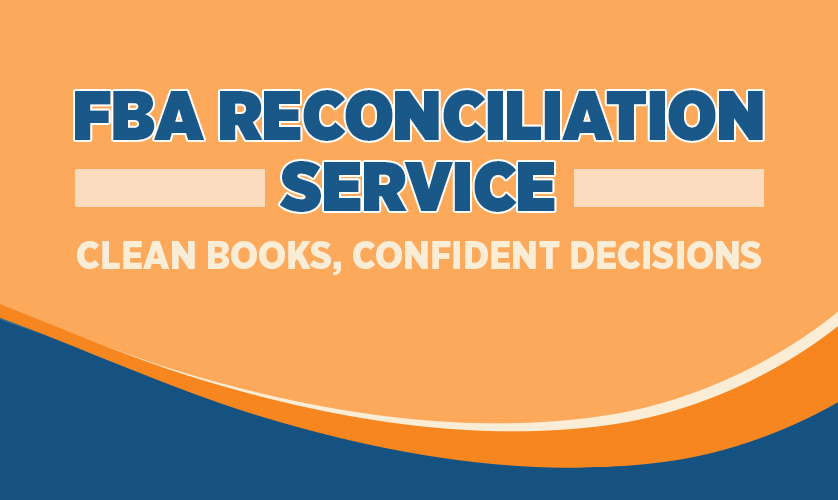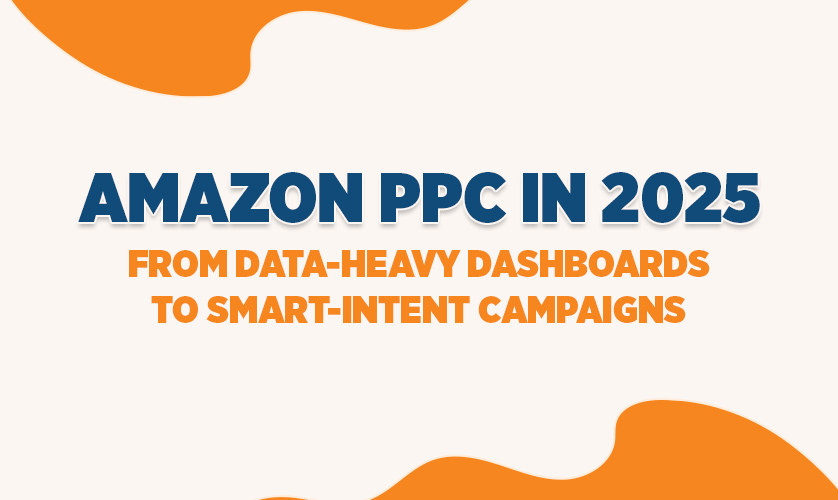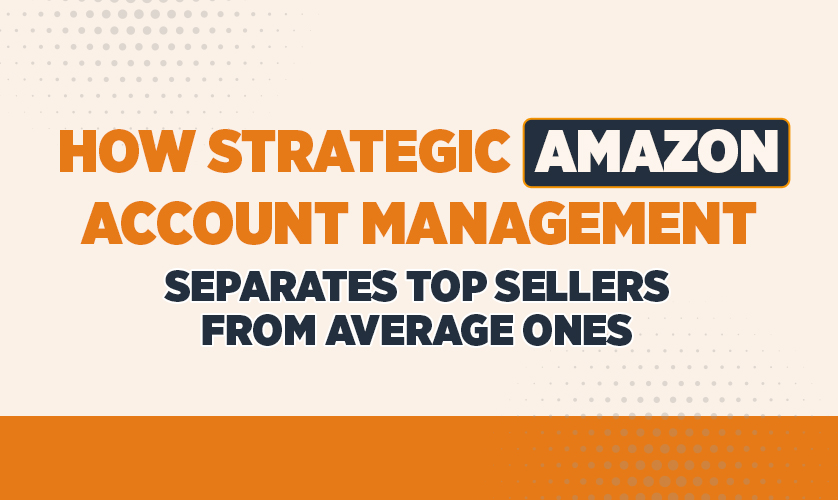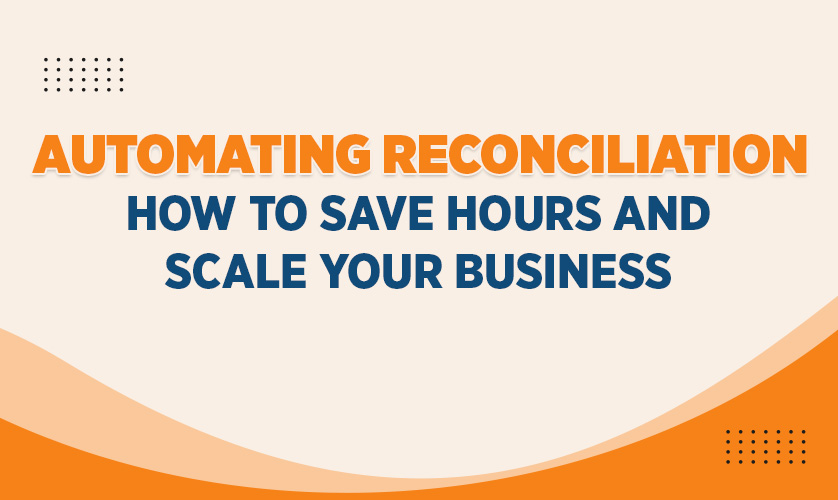What Is Invoice Reconciliation and Why It Matters for E-Commerce Businesses
In simple terms, invoice reconciliation is the process of matching invoices issued to the actual payments received from marketplaces like Amazon, Walmart, or Shopify.
For e-commerce sellers, especially those running FBA accounts, this is not just good practice — it’s a financial necessity. Marketplaces make multiple deductions (shipping fees, storage, commissions, ad spend), and without regular reconciliation, sellers often miss revenue leakages and hidden charges.
With FBA reconciliation, you ensure every transaction aligns perfectly between what was invoiced and what was actually paid out — giving you accurate books and better decision-making power.
Common Mismatch Scenarios Between Invoices and Payouts
Even the best sellers face reconciliation gaps. Some of the most common include:
Missing or delayed payments from the marketplace.
Unmatched returns or refund adjustments.
Overcharged or duplicate FBA fees.
Inventory lost or damaged in transit without proper reimbursement.
Ad spend deductions not reflected in expected payouts.
Identifying these mismatches early through proper FBA account reconciliation prevents financial surprises during tax filing or audits.
How Regular Reconciliation Helps Track Profit and Avoid Tax Complications
Profit margins in e-commerce can be razor thin — and every rupee or dollar counts. Regular FBA reconciliation ensures:
Real-time visibility of cash flow.
Accurate gross and net profit tracking.
Clear separation of revenue, fees, and taxes.
Smooth year-end reporting and GST or sales tax compliance.
When your books are clean, your business decisions are stronger. You can confidently scale ads, restock bestsellers, or explore new marketplaces knowing your financial foundation is solid.
Recommended Tools and Reports for Error-Free Tracking
To make the process efficient, sellers should rely on a structured FBA Reconciliation Service or use:
Amazon Payments Reports and Settlement Reports.
Inventory Reconciliation and Refund Reports.
Payout comparison dashboards.
Accounting tools like QuickBooks, Zoho Books, or Xero integrated with your FBA account.
These tools help automate reconciliation, reduce manual errors, and save hours of bookkeeping time.
Quick Checklist for Monthly Seller Reconciliation
Download all payout and settlement reports.
Match each invoice with actual deposit records.
Verify fee breakdown and ensure no overcharges.
Reconcile returns and reimbursements.
Document discrepancies and raise claims promptly.
Update books in your accounting software.
Implementing this checklist monthly will keep your FBA account reconciliation smooth and your financial health in top shape.
Final Thoughts
Invoice reconciliation isn’t just a bookkeeping task — it’s a powerful way to safeguard your margins and keep your business financially healthy. For e-commerce sellers, especially those using FBA, regular reconciliation ensures payout accuracy, smoother tax filing, and stronger financial control. A structured process today can prevent costly errors tomorrow.




